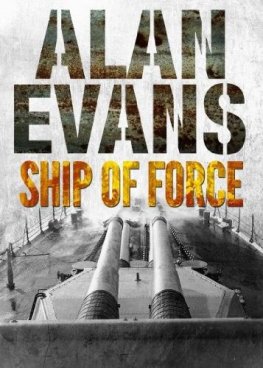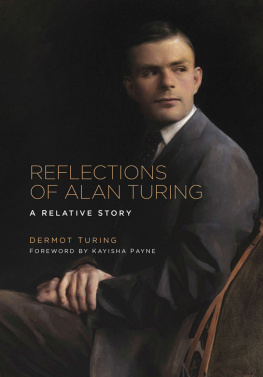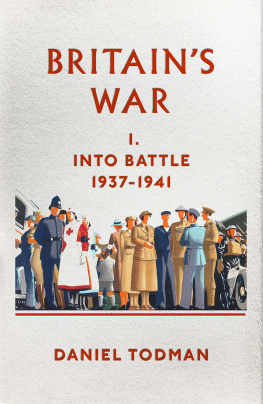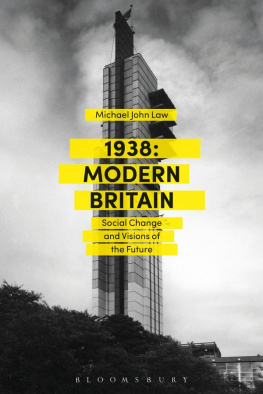Alan Allport - Britain at Bay: The Epic Story of the Second World War, 1938-1941
Here you can read online Alan Allport - Britain at Bay: The Epic Story of the Second World War, 1938-1941 full text of the book (entire story) in english for free. Download pdf and epub, get meaning, cover and reviews about this ebook. year: 2020, publisher: Knopf Doubleday Publishing Group, genre: Politics. Description of the work, (preface) as well as reviews are available. Best literature library LitArk.com created for fans of good reading and offers a wide selection of genres:
Romance novel
Science fiction
Adventure
Detective
Science
History
Home and family
Prose
Art
Politics
Computer
Non-fiction
Religion
Business
Children
Humor
Choose a favorite category and find really read worthwhile books. Enjoy immersion in the world of imagination, feel the emotions of the characters or learn something new for yourself, make an fascinating discovery.
- Book:Britain at Bay: The Epic Story of the Second World War, 1938-1941
- Author:
- Publisher:Knopf Doubleday Publishing Group
- Genre:
- Year:2020
- Rating:5 / 5
- Favourites:Add to favourites
- Your mark:
- 100
- 1
- 2
- 3
- 4
- 5
Britain at Bay: The Epic Story of the Second World War, 1938-1941: summary, description and annotation
We offer to read an annotation, description, summary or preface (depends on what the author of the book "Britain at Bay: The Epic Story of the Second World War, 1938-1941" wrote himself). If you haven't found the necessary information about the book — write in the comments, we will try to find it.
Alan Allport: author's other books
Who wrote Britain at Bay: The Epic Story of the Second World War, 1938-1941? Find out the surname, the name of the author of the book and a list of all author's works by series.
Britain at Bay: The Epic Story of the Second World War, 1938-1941 — read online for free the complete book (whole text) full work
Below is the text of the book, divided by pages. System saving the place of the last page read, allows you to conveniently read the book "Britain at Bay: The Epic Story of the Second World War, 1938-1941" online for free, without having to search again every time where you left off. Put a bookmark, and you can go to the page where you finished reading at any time.
Font size:
Interval:
Bookmark:
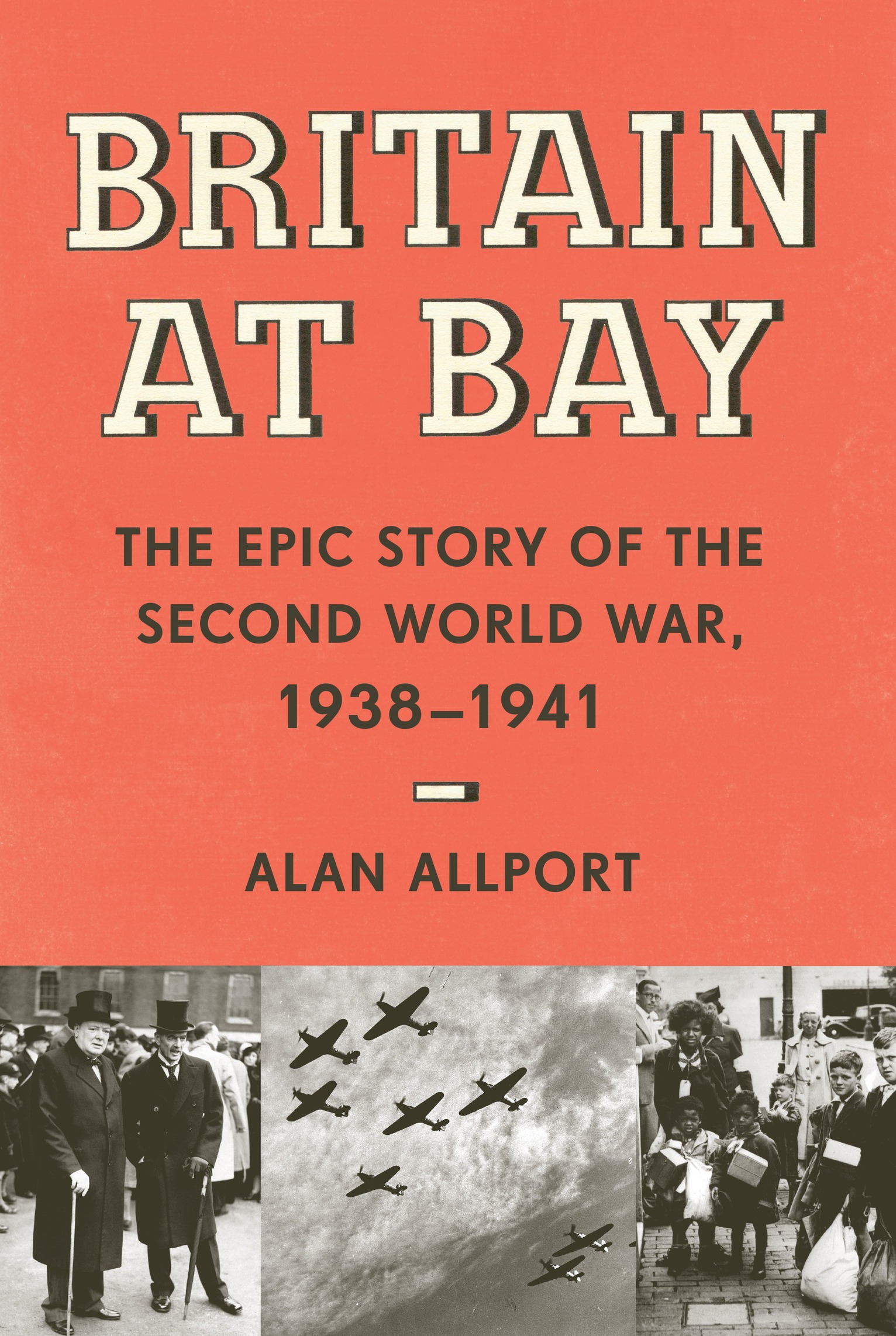
Browned Off and Bloody-Minded:
The British Soldier Goes to War, 19391945
Demobbed:
Coming Home After the Second World War
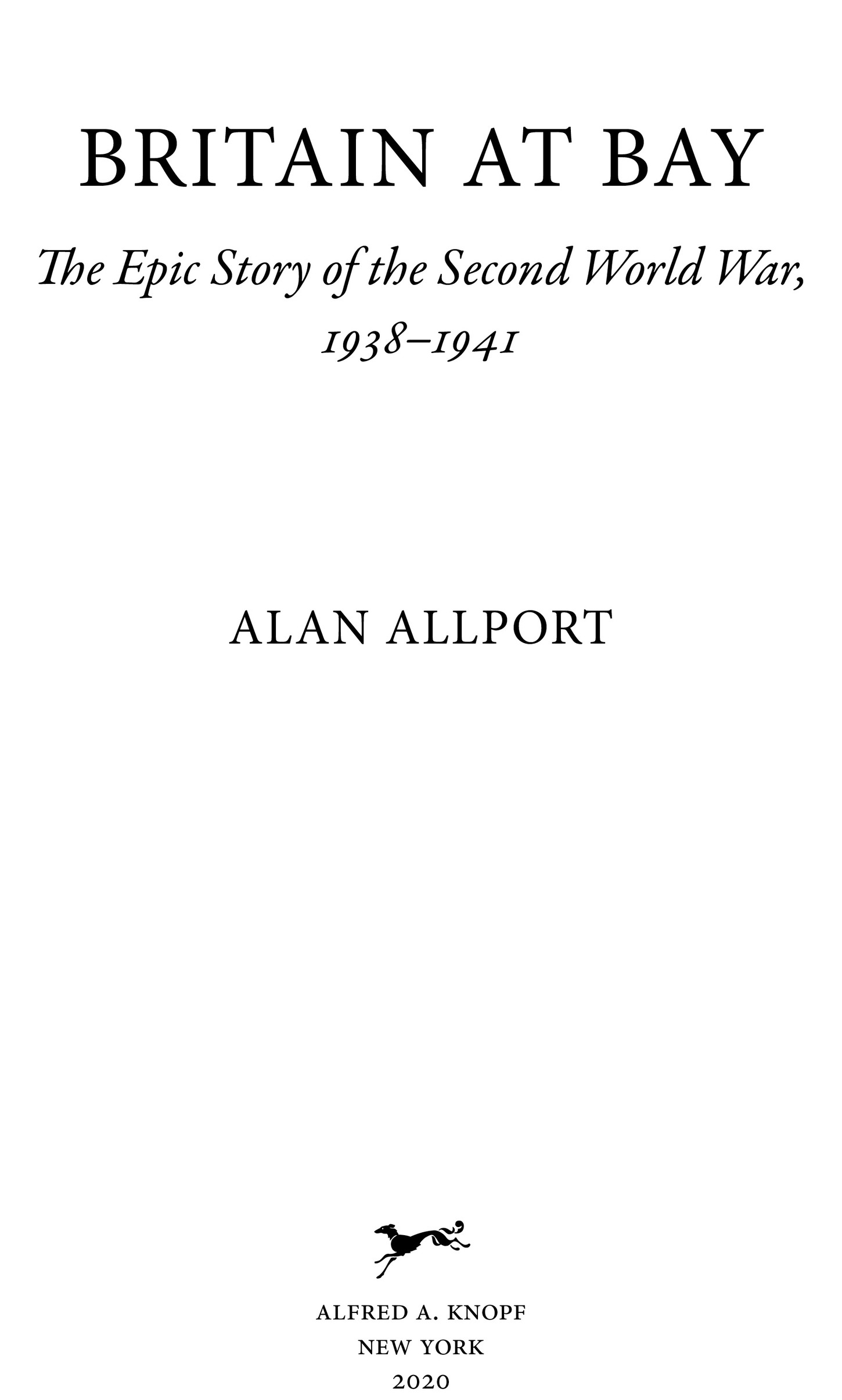
THIS IS A BORZOI BOOK PUBLISHED BY ALFRED A. KNOPF
Copyright 2020 by Alan Allport
All rights reserved. Published in the United States by Alfred A. Knopf, a division of Penguin Random House LLC, New York, and distributed in Canada by Random House of Canada, a division of Penguin Random House Ltd., Toronto. Originally published in hardcover in Great Britain by Profile Books Ltd, London, in 2020.
www.aaknopf.com
Knopf, Borzoi Books, and the colophon are registered trademarks of Penguin Random House LLC.
Library of Congress Cataloging-in-Publication Data
Names: Allport, Alan, [date] author.
Title: Britain at Bay : the epic story of the Second World War, 19381941 / Alan Allport.
Other titles: Epic story of the Second World War, 19381941
Description: First edition. | New York : Alfred A. Knopf, 2020. | Includes bibliographical references and index.
Identifiers: LCCN 2020028530 (print) | LCCN 2020028531 (ebook) | ISBN 9780451494740 (hardback) | ISBN 9780451494757 (ebook)
Subjects: LCSH : World War, 19391945Great Britain. | Great BritainPolitics and government19361945. | Great BritainSocial conditions20th century. | World War, 19391945CampaignsGreat Britain. | World War, 19391945Social aspectsGreat Britain.
Classification: LCC D 759 . A 635 2020 (print) | LCC D 759 (ebook) | DDC 940.53/41dc23
LC record available at https://lccn.loc.gov/2020028530
LC ebook record available at https://lccn.loc.gov/2020028531
Ebook ISBN9780451494757
Cover images: (details, left to right) Winston Churchill & Neville Chamberlain, 1940. Granger; RAF Hawker Hurricanes, 1940, U.K. (detail). Universal Art Archive / Alamy; Children to be evacuated at Eastbourne, Sussex, 1939 (detail). Bentley Archive / Popperfoto / Getty Images.
Cover design by Jenny Carrow
ep_prh_5.6.0_c0_r0
Deo gratias Anglia redde pro victoria
Dedicated to the fifteen passengers and crew members of the steam merchant Alphacca who died when she was torpedoed off Cape Palmas, Liberia, on 4 April 1942.
The wreckage in Broadgate, Coventry, 25 August 1939, after an Irish Republican Army (IRA) bomb. Photo: Central Press/Stringer/Getty
A British Army armoured car patrols the streets of Belfast in July 1935. Photo: R. Lock/Stringer/Getty
A factory worker at the Singer Motors works in Coventry. Photo: Fox Photos/Stringer/Getty
British troops blow up houses in the village of Miar, near Haifa, during the Arab Revolt in British Mandate Palestine. Photo: Fox Photos/Stringer/Getty
Neville Chamberlain, British chancellor of the exchequer 193137 and prime minister 193740. Photo: Fox Photos/Stringer/Getty
British foreign secretary Austen Chamberlain. Photo: AFP/Stringer/Getty
Chamberlain shakes hands with Adolf Hitler at the conclusion of the Munich Conference in September 1938. Photo: Historical/Contributor/Corbis
Neville Chamberlain with Winston Churchill in 1939. Photo: Hulton Deutsch / Getty
The battleship HMS Prince of Wales is launched, 3 May 1939. Photo: Central Press/Stringer/Getty
A French battleship in the harbour of Mers-el-Kbir, in north-western Algeria, burns on 3 July 1940 after being attacked by British warships. Photo: Central Press/Stringer/Getty
Evacuee children from London arrive in the coastal town of Eastbourne September 1939. Photo: Bentley Archive/Popperfoto/Getty
From the left: Chief of the British Imperial General Staff Sir Edmund Ironside; General Alphonse Georges, commander of the French northeastern front; Winston Churchill; General Maurice Gamelin, commander-in-chief of the French armed forces; and Lord Gort, commander of the British Expeditionary Force in France. Photo: Keystone/Getty
British troops wait uncertainly outside a Norwegian coastal town in May 1940. Photo: Paul Popper/Popperfoto/Getty
One of the more than 100 RAF Fairey Battle light bombers shot down during the first three weeks of the German invasion of France and the Low Countries in May 1940. Photo: ullstein bild Dtl./Getty
British troops on the Dunkirk beaches, awaiting evacuation in the final week of May 1940. Photo: Grierson/Stringer/Getty
The foreign secretary Lord Halifax (left) leaves 10 Downing Street alongside the secretary of state for war Anthony Eden on 28 May 1940. Photo: Fox Photos/Stringer/Getty
British troops watch for enemy invaders on a barbed-wire-laden beach on the south coast of England in early September 1940. Photo: Fox Photos/Stringer/Getty
Interned enemy aliens arrive in a holding camp somewhere in Britain in 1940. Photo: Fox Photos/Stringer/Getty
Air Chief Marshal Sir Hugh Dowding, commander-in-chief of RAF Fighter Command from 1936 to 1940. Photo: Hulton Archive/Stringer/Getty
Aircrew of the RAFs 264 (Madras Presidency) Squadron near one of their turret-armed Boulton Paul Defiant fighters, 31 May 1940. Photo: IWM/Getty Images/Contributor
Hawker Hurricane fighters fly in formation during the Battle of Britain, summer 1940. Photo: UniversalImagesGroup/Contributor/Getty
Liverpool city centre after seven continuous nights of heavy bombing by the German air force, May 1941. Photo: Mirrorpix/Contributor/Getty
Air Raid Precautions (ARP) rescue workers extract dazed survivors from the rubble of a bombed house during the Blitz. Photo: Popperfoto/Contributor/Getty
Supporters of the anti-war Mothers Crusade protest near the US Capitol in Washington DC in February. Photo: Bettmann/Contributor/Getty
Survivors of a merchant vessel torpedoed by a German U-boat in the North Atlantic await rescue by the Royal Navy in May 1940. Photo: Mirrorpix/Contributor/Getty
General Sir John Dill (left), and General Sir Archibald Wavell (centre), with Lady Wavell, Cairo, 1941. Photo: Daily Herald Archive/Contributor/Getty
British Matilda II infantry tanks in action near Tobruk, Libya, in 1941. Photo: British Official Photo/Contributor/Getty
Ivan Maisky, the Soviet Ambassador to Britain, is presented with the first fighting vehicle built during Tanks for Russia Week, September 1941. Photo: Hulton Archive/Stringer/Getty
A view of night-time Berlin from the bomb-bay of an RAF bomber, September 1941. Photo: IWM/Getty Images/Contributor
This book, the first of two parts, is an attempt to understand how Britain fought the Second World War: how it became involved in it in the first place, how it fought it, why it was ultimately on the winning side and what the war did to its institutions, its culture and its society. It is a version of the story that omits the well-loved but misleading clichs that have traditionally infused it. In doing this, it becomes a story that is more interesting, more valuable, more important than ever. Britains war can be understood, broadly, as a tale of two parts.
The first part, which this volume is concerned with, is a story mostly about defeat diplomatic defeat followed by military defeat after military defeat. What it tries to explain is how a country that got so many things catastrophically wrong in the early years of the conflict managed not just to hold out against Hitler but, by the second anniversary of the wars outbreak in September 1941, to have apparently halted the rout, and even, perhaps, to be constructing a plausible theory of victory. It ends on a note of cautious hope. The second part will show how such hopes eventually became realities, and how the British people rallied themselves as part of a powerful global alliance to defeat Nazism, fascism and Japanese militarism and what the cost of that victory would turn out in the end to be.
Font size:
Interval:
Bookmark:
Similar books «Britain at Bay: The Epic Story of the Second World War, 1938-1941»
Look at similar books to Britain at Bay: The Epic Story of the Second World War, 1938-1941. We have selected literature similar in name and meaning in the hope of providing readers with more options to find new, interesting, not yet read works.
Discussion, reviews of the book Britain at Bay: The Epic Story of the Second World War, 1938-1941 and just readers' own opinions. Leave your comments, write what you think about the work, its meaning or the main characters. Specify what exactly you liked and what you didn't like, and why you think so.


